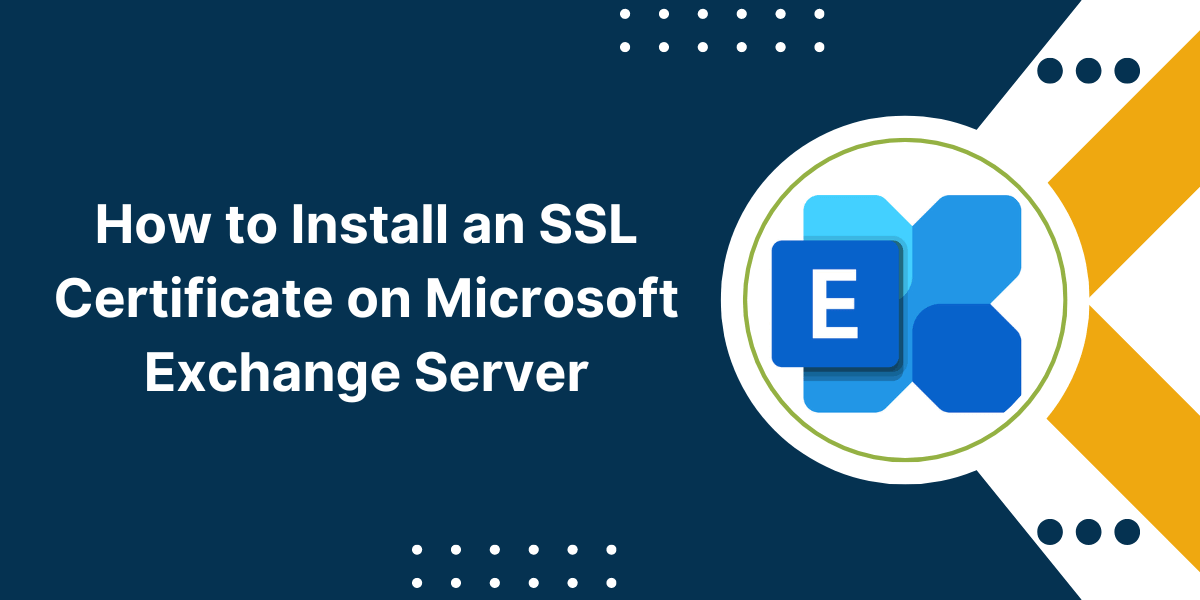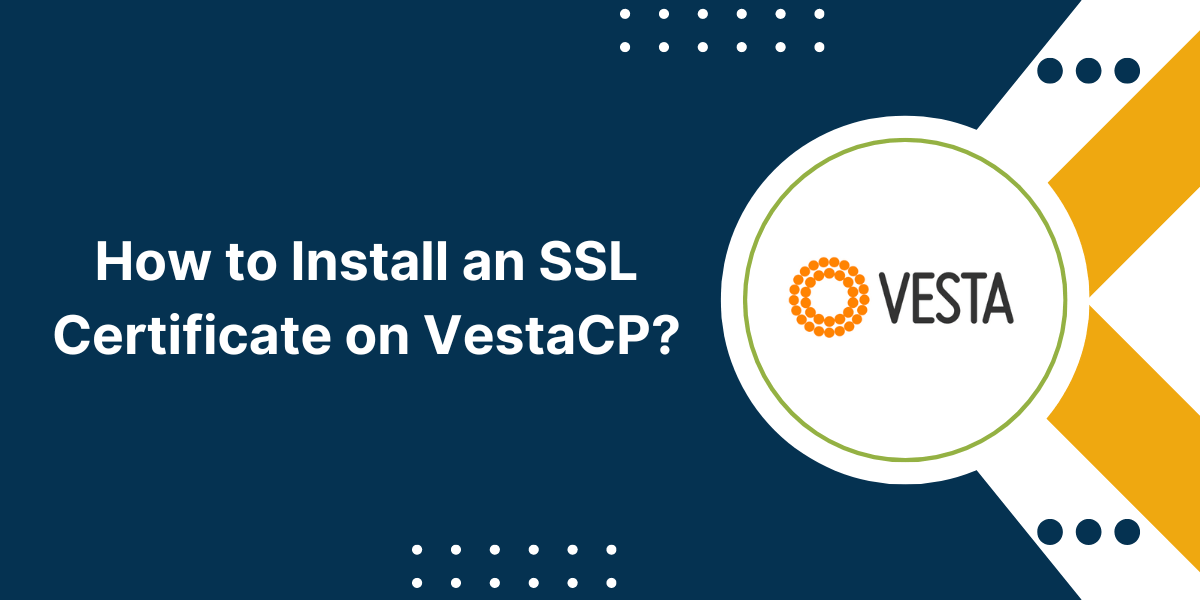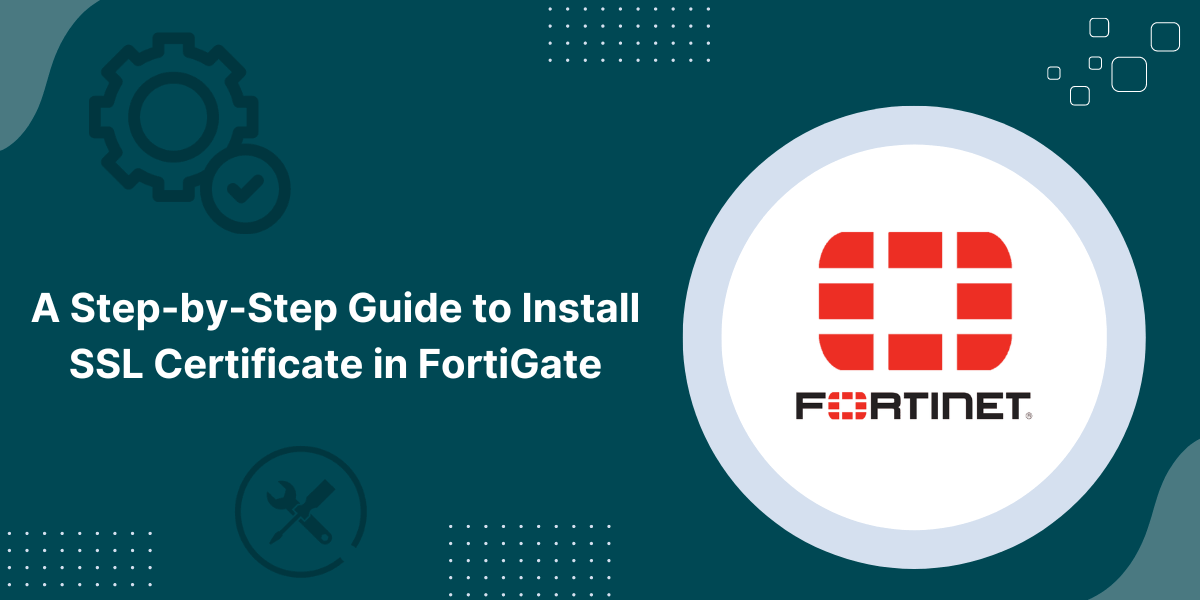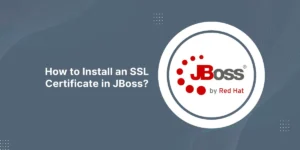Import or install SSL certificate on an Exchange Server
Installing an SSL certificate on Microsoft Exchange Server is important for securing client connections and preventing man-in-the-middle attacks. SSL certificates encrypt communication between your Exchange server and client applications like Outlook, allowing clients to verify the server’s identity. This guide will walk you through the entire process of installing an SSL certificate on Microsoft Exchange Server step-by-step.
Secure Sockets Layer (SSL) certificates enable encrypted connections between your Exchange server and email clients. Exchange supports various SSL certificate types, including self-signed certificates and those issued by a Certificate Authority (CA). Properly installing an SSL certificate on Microsoft Exchange Server establishes secure, encrypted channels for client communications.
Following this step-by-step guide will take you through the complete process of installing and configuring an SSL certificate on your Microsoft Exchange Server. Configuring SSL helps prevent man-in-the-middle attacks by encrypting traffic between the Exchange server and clients like Outlook. Get started securing your Exchange server communications with SSL certificate installation.
Prerequisites Before Installing an SSL Certificate on Microsoft Exchange Server
Before installing an SSL certificate, make sure that:
- You have a certificate file issued by a trusted CA or a self-signed certificate exported as a .pfx file.
- The certificate file contains the private key. The private key is required to install the certificate.
- You know the password that was used to protect the private key. You’ll need this to import the certificate.
- You have domain admin access and permissions to modify the Exchange server.
- The server meets Microsoft’s system requirements for the Exchange version you are using.
A Step-by-Step Guide to Install SSL Certificate on Microsoft Exchange Server
Installing SSL certificate on Microsoft Exchange Server involves a few key steps:
Step 1 – Export the Existing Self-Signed Certificate
When Exchange is installed, it generates a self-signed certificate that it uses to encrypt client connections. Before installing your new SSL certificate, you should export the existing self-signed cert as a backup.
Follow these steps to export the self-signed certificate:
- Open the Exchange Management Shell on your Exchange server.
- Run the following command to identify the self-signed certificate thumbprint:
Get-ExchangeCertificate
```
- Locate the self-signed certificate with a FriendlyName of “<Server FQDN> Self-Signed”. Copy its Thumbprint.
- Next, run the following command to export the certificate to a .PFX file, replacing <Thumbprint> with the thumbprint you copied:
$file = "\old_self_signed.pfx"
Export-ExchangeCertificate -Thumbprint-BinaryEncoding -Password (ConvertTo-SecureString -String ' ' -Force -AsPlainText) -FilePath $file
```
This will export the self-signed certificate to the specified file using the password you define.
- Verify the old certificate file was exported successfully before proceeding.
Step 2 – Import the New SSL Certificate
Once you have the new SSL certificate file, you can import it to replace the existing self-signed certificate.
- Open the Exchange Management Shell if it is not already open.
- Run the following command to import the new .PFX file, replacing the file path and password:
Import-ExchangeCertificate -FileData ([byte[]](Get-Content -Path <path\to\certificate.pfx> -Encoding byte)) -Password (ConvertTo-SecureString -String '<password>' -Force -AsPlainText) ```
- Run Get-ExchangeCertificate again and verify the new certificate shows up in the list with the correct details.
The new certificate is now installed on the Exchange server. But additional steps are required to assign services to it.
Step 3 – Enable Services on the Certificate
Once imported, the certificate is listed in Exchange but is not yet used for any services. You need to manually enable the services you want to use the new SSL certificate:
- Run the following command to identify the thumbprint of the newly imported cert:
Get-ExchangeCertificate
```
- Now enable services on the cert using its thumbprint. To enable SMTP, IMAP, POP3 and IIS services, run:
Enable-ExchangeCertificate -Thumbprint-Services 'SMTP','IIS','POP','IMAP'
```
- Confirm the configuration by rerunning Get-ExchangeCertificate. The new cert should have the services listed under Services.
The SSL certificate is now configured and ready to use on your Exchange server! Client connections will use the new certificate for encryption.
Step 4 – Restart Associated Services
The final step is to restart the Exchange services that use the new SSL certificate. This ensures any connections are reset and pick up the new cert.
Run the following commands to restart the services:
Restart-Service MSExchangeIS
Restart-Service W3SVC
The IIS and Exchange Information Services should now be restarted. Client connections will now use your new SSL certificate.
Verifying the Certificate Installation
Follow these steps to confirm clients are connecting using the new SSL certificate:
- Open a web browser and browse to OWA or ECP on your Exchange server (e.g. https://mail.company.com/owa). Verify no certificate errors appear.
- Open Outlook and add a new Exchange account that connects to your server. Make sure no certificate warnings appear.
- Use ‘Test-OutlookConnectivity’ in Exchange Online PowerShell to validate secure connectivity works.
- Check IIS logs and look for SSL negotiation errors or failures.
If you see any certificate issues or failures establishing encrypted connections, there may be problems with the new certificate. Double check it was imported correctly and enabled for all required services.
Renewing Expired Certificates
The same process can be used to renew an SSL certificate that is about to expire or has already expired:
- Obtain a renewed certificate or reissue the existing one through your CA.
- Follow step 2 again to import the renewed certificate file.
- Enable services on the new certificate per step 3.
- Restart services and test connectivity as before.
As long as you renew the certificate before the old one expires, the transition can be seamless. But if the old certificate expires before renewing, clients may begin to see errors until the renewed cert is installed.
Troubleshooting Common Issues
Here are some common issues you may encounter and how to troubleshoot them:
Clients receiving certificate warnings for OWA/ECP/Outlook
- Verify the correct certificate thumbprint is assigned to the HTTPS binding in IIS.
- Check the certificate was imported correctly without any errors.
- Make sure the same certificate is showing as enabled for IIS services in Exchange.
SMTP connections failing with certificate errors
- Confirm the certificate thumbprint is enabled for SMTP services in Exchange.
- Check the Certificate Authority list on the receive connector includes the issuing CA.
Errors importing the certificate
- Ensure the .PFX file contains the certificate + private key.
- Verify you are using the correct password if one was set during export.
- Check for permissions errors – you need elevated admin access to import certs.
Certificate shown as expired/not yet valid in Exchange
- The certificate file itself is expired or not yet active. Obtain and import a valid certificate.
- Double check the system date/time is correct on the Exchange server.
Conclusion on Install SSL Certificate on Microsoft Exchange Server
Installing an SSL certificate is a crucial security step for any Exchange Server deployment. By replacing the default self-signed certificate with a trusted CA-signed certificate, you enable secure encrypted connections from Exchange clients and services. Although the process involves exporting the old self-signed cert, importing the new one, enabling services, and restarting Exchange, following the step-by-step guide above makes it straightforward even for less experienced admins. With a proper SSL certificate in place, you can ensure your Exchange services and data are protected during transmission across untrusted networks. Just remember to renew the certificate before expiration to maintain seamless encrypted access for your users. Following best practices for SSL configuration hardens the security posture of your Exchange environment.
Frequently Asked Questions about Install SSL Certificate on Microsoft Exchange Server
What are the prerequisites for installing an SSL certificate on Exchange Server?
The prerequisites for installing an SSL certificate on Exchange Server include having a publicly signed certificate from a Certificate Authority, access to the Exchange Management Shell to run commands, and permissions to modify Exchange services. You should also have the private key file provided by the CA.
How do I generate a certificate signing request (CSR) for Exchange Server?
To generate a certificate signing request (CSR) in Exchange Server, open the Exchange Management Shell and use the New-ExchangeCertificate command. Specify the domain names needed in the CSR, set the path to save the CSR file, and provide organization details. Run the command to generate the CSR file.
What type of SSL certificate do I need for Exchange Server – single domain, wildcard, or multi-domain?
For Exchange Server, it’s recommended to use a UC/SAN certificate that can support multiple hostnames. This allows securing OWA, ECP, Autodiscover, MAPI and other services with one certificate. Wildcard certificates can work but have limitations. Single domain certificates don’t scale well.
How do I assign the SSL certificate to Exchange services like Outlook Web Access?
After installing the SSL certificate, you need to assign it to Exchange services like Outlook Web App. Open the Exchange Management Shell and use the Enable-ExchangeCertificate cmdlet, specifying theThumbprint of the cert and the services to enable it for. Restart services.
How do I renew an SSL certificate on Exchange Server before it expires?
To renew an SSL certificate on Exchange before expiration, purchase and generate a new certificate using the same process. Install the renewed certificate on the Exchange server, assign it to services, restart them, and remove the old certificate.
How do I troubleshoot SSL certificate errors or warnings on Exchange Server?
To troubleshoot SSL certificate issues on Exchange Server, first check for any certificate warnings or errors in the Exchange Admin Center under Server Configuration. You can also run the Get-ExchangeCertificate cmdlet in Exchange Management Shell to validate the certificate configuration. Check for mismatches in host names or expired certificates.
What steps should I take to replace an existing SSL certificate on Exchange Server?
To replace an existing SSL certificate on Exchange Server, first obtain a new certificate with the updated information needed. Install the new certificate on the Exchange server. Then assign the new certificate to the Exchange services and restart them. After validating the services are working with the new certificate, you can delete the old certificate.



